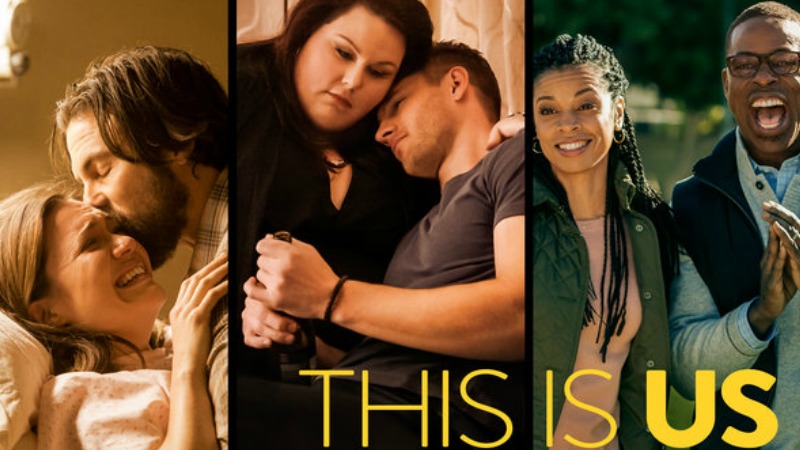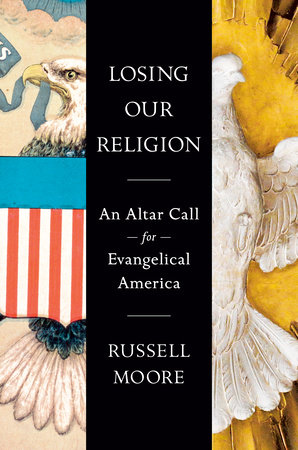The skull and bones was once a fearsome image, warning us of deadly danger on poison containers, waving fearsomely from atop pirate ships. Now it’s just trendy.
According to the New York Times, the skull image is everywhere in contemporary youth fashion trends, so much so that it now evokes hipness more than fear. The Times writes:
“The skull is all-purpose,” said Sasha Frere-Jones, a music critic at The New Yorker. “It simultaneously refers to horror movies, to the Misfits and, by extension, all punk rock, and to a generalized culture of blackness and spookiness and the larger, mall-Goth culture.” So, he said, “if you’re really at heart a Goth, but you have friends who are into metal and punk, you can rock the skulls and be friends with all of them.”
Or in fashionspeak: skulls — fun, flexible, easy, breezy!
The article cites a fashionable jeweler who now uses the skull motif often in his creations:
In his view skulls are not less threatening because a chic jeweler is casting them in precious metal but because, in an age when slasher films are top grossers, death itself has become less threatening. “In the 19th century, when people died, they were laid out in the living room,” he said. “I think we’ve lost that connection to death.”
I don’t think we’ve lost the fear of death. Divine revelation tells us this fear is universal, and universally enslaving apart from Christ (Heb 2:14-15). Our black-clad, skull wearing youth, who powder their faces to look corpselike, are not exempt from this. But what are they telling us about what they have learned from contemporary American culture?
What we may have lost is our hatred of death. We walk, after all, in a world in which we lock our elderly away in nursing homes, experiment on the corpses of the frozen prey of our unborn children, and celebrate the latest vanities of Paris Hilton and Brad Pitt.
As the Wisdom of God once said, “All who hate me love death” (Prov 8:36).






